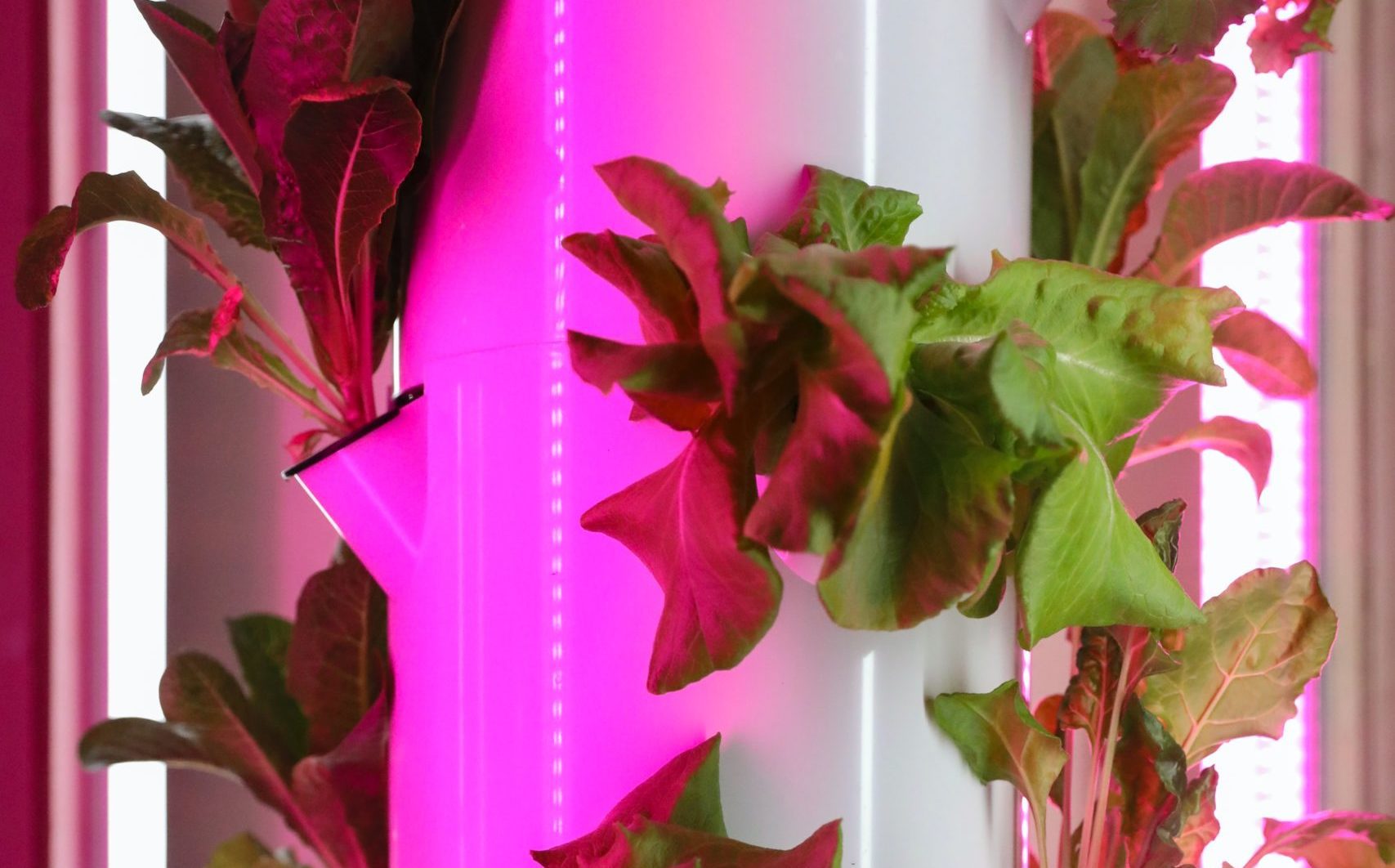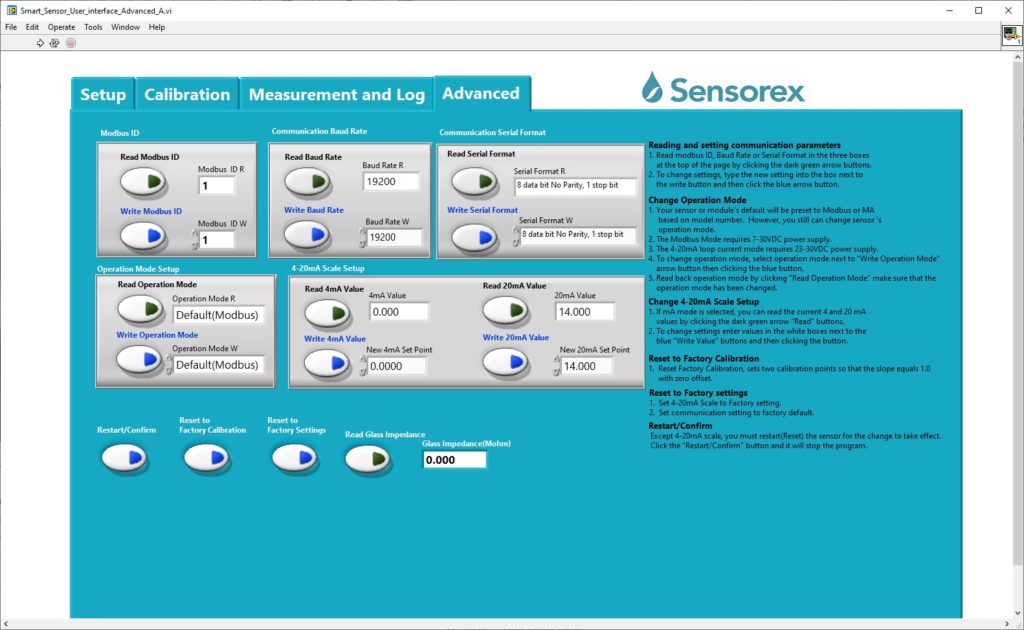05/02/2022 | Agriculture and Farming | 8 MINUTE READ
Modernizing Your Vertical Farming System with Smart Sensors

Over the century, urbanization has occurred at a rapid rate, which is a process that involves rural areas giving way to urban locations with high population density. Because of the increase in industrial development and urbanization, the availability of arable lands has decreased significantly.
Keep in mind that arable lands are capable of growing crops. When this type of land isn’t widely available, finding enough space to grow crops can be difficult. Over the past 40 years, roughly 33% of all arable lands have been lost. As a response to the increase in industrial development, a system known as vertical farming was created to make sure that crops could be grown even in areas that lack space.
The majority of crops are planted horizontally in soil or similar solutions. While this method is certainly effective, it takes up an ample amount of space. In comparison, vertical farming allows plants and crops to grow vertically, which substantially reduces the amount of space that’s needed to grow crops. It’s possible to implement vertical farming on practically any surface that’s vertically inclined.
By taking advantage of vertical farming and all of its benefits, you can grow crops in skyscrapers, shipping containers, warehouses, and similar settings. When you utilize this growing technique, you’ll be able to grow crops indoors, which limits some of the issues that occur when planting crops outside. Keep in mind that vertical farming isn’t designed to replace standard farming techniques. Instead, it’s meant to support these methods by providing more space for growing crops. Everything you need to know about vertical farming systems and how to modernize them is detailed in the following.

Benefits of Vertical Farming
Over the past 20 years, vertical farming has proven to be highly advantageous when properly implemented. For instance, vertical farming gives you the ability to grow more crops than would otherwise be possible with limited available space. Placing crops vertically means that a large number of crops can be positioned in a single square foot of space.
Let’s say that you plant crops horizontally on 10 acres of land. If you opt to instead use a vertical farming system, the same number of crops could be planted with two acres of vertical farming. Using vertical farming to grow crops is also a great way to use less water. If you compare vertical farming to the more traditional forms of farming, vertical farming consumes upwards of 75-90% less water. By using less water, you’re doing your part to protect the environment.
Vertical farming systems have proven to be beneficial to humans as well as the environment. For instance, there are numerous occupational hazards that farmers must contend with when performing traditional farming techniques. The high use of chemicals and the need for heavy machinery increase the risk of injury or illness.
On the other hand, vertical farming systems are simple to use and don’t require the use of heavy equipment. As for the environment, vertical farming is advantageous because it takes place entirely indoors. Animals and trees won’t be disturbed when you implement a vertical farming system. The many benefits of vertical farming include:
- Increases overall crop production
- Since urbanization will continue, vertical farming gives you the opportunity to prepare for the future
- Beneficial to the environment and humans
- Uses much less water
- Bad weather conditions don’t damage crops
- Can more effectively control indoor environment to facilitate enhanced growth

Traditional Methods of Vertical Farming Water Treatment
Most vertical farming systems reuse water, which is why these systems use as much as 90% less water in comparison to standard farming options. Even though reusing water is a great way to lessen water waste, this waste can still occur if you don’t filter the water as it’s reused. Without filtering this water before reusing it, the amount of solids in the water would continue to increase over time.
Eventually, the irrigation nozzles could be blocked or the ultrafiltration membrane could be damaged. Both of these issues worsen system efficiency and increase the amount of water you waste. When using vertical farming systems, water treatment can be performed with many different pieces of equipment.
Over the past two decades, it’s been common for farmers to use traditional, non-smart sensors. While these sensors can produce accurate results, they aren’t efficient. In most cases, manual measurements need to be taken every time you want to measure the water quality if you use traditional sensors.
In comparison, smart sensors are much more efficient and are designed to provide regular measurements that allow you to react accordingly. A smart sensor can also collect many other types of data that will help you improve the results of your vertical farming system.
Because of the increased efficiency and effectiveness of smart sensors, the industry is moving past traditional water treatment techniques that use sensors and transmitters. Instead, they are embracing smart sensors and all the benefits that can be derived from them.

Using Smart Sensors to Improve the Effectiveness of Your Vertical Farming System
Smart water quality sensors are much more efficient and effective than traditional monitoring and treatment systems that are often used for vertical farms. Every facet of a vertical farming system can be measured and monitored with smart sensors, which essentially takes all of the guesswork out of the growing process.
Once these sensors are properly installed, you’ll be able to automate, manage, and improve your entire growing operation for peak efficiency. Among the most advantageous aspects of smart sensors is that the data collected from the sensor can be transmitted back to any computing device that’s been paired with the sensor. For instance, you could receive measurements and insights from the sensor through your smartphone, which means that you could be on a vacation and still obtain the necessary data.
After you install a smart sensor, all that’s required of you is to wait for the measurements. These sensors can typically be programmed to provide readings at whatever interval you require. It’s possible for sensors to make changes to the entire system that will allow the system to be more effective. Smart sensors give you the opportunity to:
- Create day/night cycles for the lights in your system
- Change humidity and temperature in the room
- Alter air flow speeds as necessary
- Control nutrient levels and water frequency
- Measure water quality to determine if water requires treatment
All of these functions are necessary if you want to be certain that your vertical farming system is producing the intended results. If the sensor is paired with good software, you’ll likely be able to view the data you receive in graphs, which makes it easier to understand what the data is saying and how it applies to your vertical farming system.

Software to Improve Vertical Farming Processes
In order for a sensor to be considered a smart sensor, it needs to be operated by software, of which there are plenty of options to select from. Once you download this software to a smartphone, tablet, or desktop computer, you’ll be able to monitor the entire growing environment, record the necessary crop data, and take a look at graphs directly in the app. The software you choose should also come with remote support, which can provide you with the advice and technical support you need to make sure that the sensors you’re using are functioning properly.
Before you purchase software and smart sensors for your vertical farming system, keep in mind that every piece of software is unique in the features it provides. One example of software that you can purchase for your vertical farming system is Inecta, which allows you to ensure quality and optimize your grow rooms with features like:
- Traceability
- Forecasting and planning
- Sales
- Finance
- Reporting
- Transport
While Inecta is able to manage every aspect of your vertical farming business, the smart sensor features available with this software include a quality control dashboard, daily quality control checks, sampling, allergen tracking and management, and water level management. The most popular vertical farming software providers in the industry include:
- Inecta – Get Inecta Now
- Ostara – Get Ostara Now
- Farmsoft – Get Farmsoft Now
- Intellias – Get Intellias Now
Conclusion
Vertical farming is a highly effective farming technique that gives you the opportunity to make better use of limited space to grow plants indoors. The water that you use for your vertical farming system should be treated on a regular basis to ensure that the sediment content in the water doesn’t accumulate. While the industry mainly used standard water quality sensors and transmitters in the past to identify the quality of the water and the concentration of sediment, smart sensors are much more effective and easier to use.
When these sensors are attached to the right piece of software, you can monitor and control nearly all components of your vertical farming system. If you’ve recently set up a vertical farming system, start using smart sensors today to make the entire process of managing your farm more efficient.
Posted by Dominic O'Donnell on May 2, 2022
Sensorex is a global leader in the design and manufacture of quality sensors for water quality and process applications. The company offers more than 2000 sensor packages for pH, ORP, conductivity, dissolved oxygen, free chlorine, chlorine dioxide, UV transmittance and other specialty measurements, as well as a full line of sensor accessories and transmitters. Its expert technical support engineers solve analytical sensor challenges with custom designs and off the shelf products.




